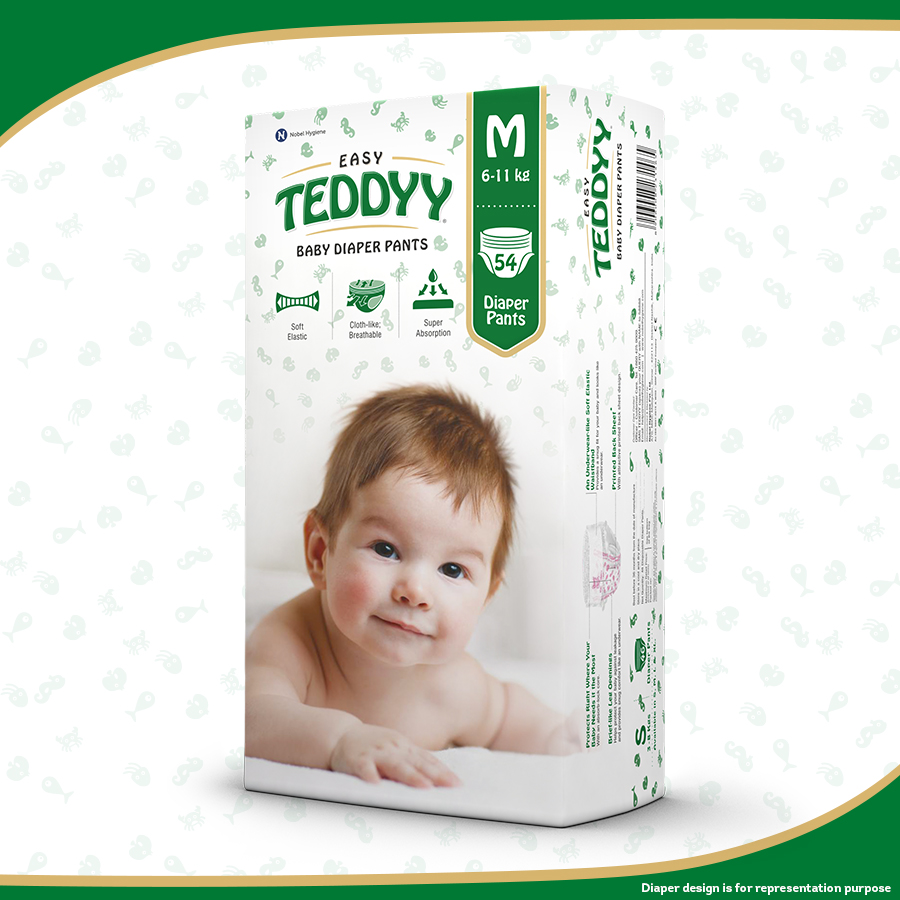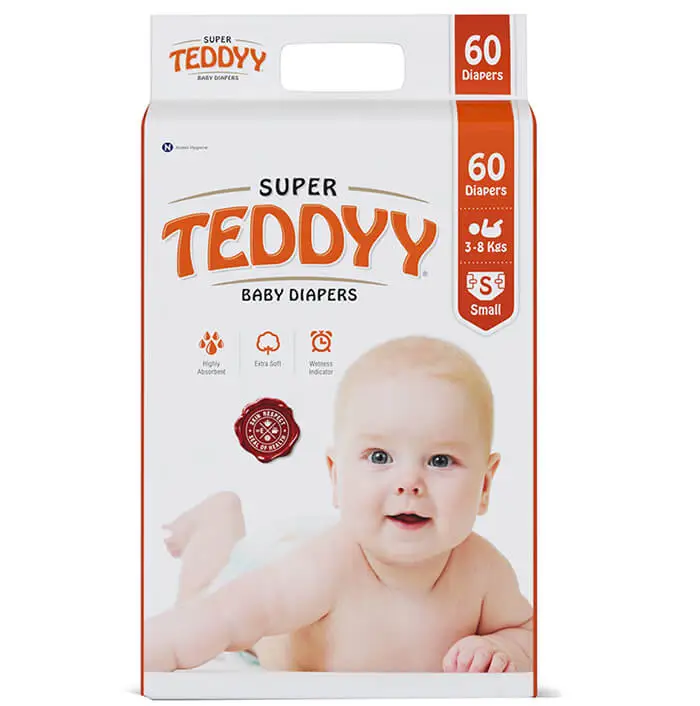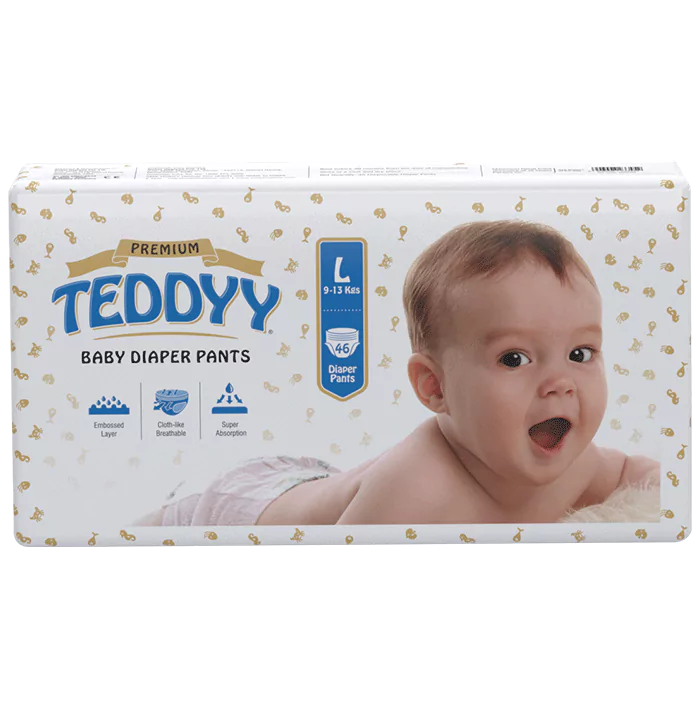Can the Shape of Your Stomach Predict Baby’s Gender?
Shruti’s grandmother visited one afternoon, her eyes twinkling with a knowing smile. “It’s going to be a girl,” she declared confidently, glancing at Shruti’s rounded belly. Shruti chuckled, brushing off the prediction as just another old wives’ tale.
But when the day finally came, Shruti cradled her newborn daughter in her arms, a sense of wonder washing over her. The grandma was right, but was she really accurate?
The answer’s a big no. There’s hardly any truth behind the myths that fly around baby girl belly vs baby boy belly. But it’s fun to get these comments anyway.
Understanding the Shape of the Pregnant Belly
All pregnant belly shapes look the same at first glance. But if you observe closely and compare with others, you will notice the differences.
- Some women’s bellies are round and perfectly centred from all directions.
- Some are oval and hang low near the pelvic area. It’s like a D shape with the curved surface facing downwards.
- Some have a B-shaped belly with two distinct bumps. This doesn’t mean you have twins. Sometimes, the excess fat in your belly makes a second bump.
Common Belly Shape Myth and Its Scientific Explanation
There’s a myth that a baby boy pregnancy belly usually hangs low in a D shape, whereas a baby girl belly shape in pregnancy is more in the centre of your stomach area. The chances that this prediction will come true are 50/50.
But there’s hardly any science connecting the baby’s gender to the belly shape. If it’s a woman’s first pregnancy, the belly isn’t stretched much, so it could be perfectly centred. Subsequent pregnancies could show a hanging belly because of stretched muscles. A woman’s weight and belly fat also affect how their pregnancy belly looks.
Modern Scientific Methods for Gender Prediction
Besides the old wives’ tales of baby girl belly vs baby boy belly, there are some modern and scientific methods for gender prediction.
- Ultrasound: A baby’s gender can be detected as early as 18 weeks on an ultrasound. It’s the safest and easiest method.
- Genetic Testing: Some doctors recommend genetic testing to determine if the foetus is healthy and if there are any risks. This genetic testing also tests for chromosomes. So, if the presence of a Y chromosome is detected, it’s a boy. Otherwise, it’s a girl. This is usually done with an invasive procedure of amniocentesis in which the doctor takes a small amount of amniotic fluid from your belly by inserting a needle.
- Chorionic Villus Sampling (CVS): CVS is a test used to determine genetic and chromosomal abnormalities. Since chromosomes are tested, gender can be easily determined. This is also an invasive procedure where a sample of your placenta is taken for testing. So, CVS is also performed only if there’s a high risk of chromosomal conditions.
Understand that even with these scientific advancements, the gender determination of a foetus is illegal and punishable in India. Doctors are not authorised to reveal the baby’s gender even if they find out about it during any of the tests. So, for now, Indian moms should rely on these old wives’ tales.
Our Products
Focusing on Health and Well-Being
There’s no definitive way to reveal the baby’s gender based on pregnant belly shapes. You can use these myths for fun, but don’t make any serious decisions based on them. Irrespective of whether it’s a girl or a boy, your nutritional needs are the same. So, focus on eating healthy and staying fit. Don’t fret too much over gender. Focus on your well-being and hope for a healthy baby. If you are at the end of your pregnancy, start practicing for birth and keep a hospital bag ready. Make sure the bag has all the essentials for you and the baby, including diapers for newborns, such as Teddyy Easy Diaper Pants.
Other Myths about Baby Girl Belly vs Baby Boy Belly
These myths are fun to explore, it’s important to remember that most of them lack scientific evidence. If you’re curious about your baby’s gender, it’s best to wait for an ultrasound or birth confirmation for an accurate answer.
Here are some popular gender-predicting myths:
- Cravings Myth: If you’re craving salty foods, it’s said to be a boy. If you’re drawn to sweets, it’s thought to be a girl.
- Heart Rate Myth: A higher heart rate is often linked to a baby boy, while a lower heart rate is associated with a girl — though some say the opposite.
- Morning Sickness Myth: Severe morning sickness indicates a girl, as female pregnancies may cause higher hormone levels. If sickness is mild, it’s said to be a boy.
- Skin Appearance Myth: Glowing, clear skin points to a boy, while breakouts or acne suggest a girl.
- Hair Appearance Myth: Thick, shiny hair is associated with a boy, whereas dull or limp hair hints at a girl. A common theme here is that girls are said to “steal” their mothers’ beauty.
While these myths add to the excitement, they are not reliable indicators of your baby’s gender. Enjoy the fun, but trust medical science for accurate information.
Conclusion
Pregnancy belly shape can’t really reveal the gender of your baby. Our elders rely on several myths to determine gender. These practices originated when there were no scientific methods. However, even with the latest technologies, these myths are commonly talked about in many households. There’s no harm in believing in them. Just don’t make any significant decisions based on them. Focus on staying healthy and look forward to your baby’s arrival.


According to a myth, a belly hanging low means it’s a boy and a belly centred in the middle means it’s a girl. But there’s no scientific evidence backing this myth.
Some people believe that a small belly during pregnancy means it’s a girl because, at birth, girls are usually lower in weight than boys. But the size is insufficient to differentiate between a baby girl belly vs baby boy belly.
B-shaped belly is more observed in women who had significant belly fat before pregnancy. It looks like two bumps, with one stacked exactly above the other. But this shape has nothing to do with the baby’s gender.
A pregnant belly looks round and huge. There’s no better explanation. You will see the widest part at the centre or hanging low.
A pregnant belly is round but not necessarily a perfect circle. Some women have a D-shaped belly, while others have a B-shaped belly with two bumps stacked on each other.





